Established in 1896 as a gift from the Houston family in honor of their son, H. H. Houston ‘78, Houston Hall officially became a university space unlike any other in the country. Managed entirely by students (known as the Houston Club), the hall was intentionally designed to promote leisure, community building, cultural exploration, and intellectual endeavors. Originally thought of as an experiment in student governance, Houston Hall paved the way for today’s modern student unions, but more notably, the introduction of Houston Hall into the Penn community built the foundation of what it means to create a sense of community and belonging on a modern university campus.
Since 1896, Penn has celebrated and embraced its incredibly diverse student body and continued to establish innovative, inclusive campus spaces that nurture community and a sense of belonging. We invite visitors of this exhibit to explore the history of Penn’s campus spaces that serve as building blocks for intellectual growth, cultural exploration, identity development, community service, and leadership. With the addition of each space to the Penn campus, we’ve affirmed the value and importance of a diverse, thriving community.
The spaces featured in this timeline are by no means an exhaustive
list; they serve as a snapshot of our community’s evolution over time.
They are building blocks highlighting Penn’s continuous endeavor to
construct intentional communities and campus spaces that meet the needs
of a diverse, global society. We kindly ask that you take a moment,
starting with the portrait of H. H. Houston, to discover – and celebrate
– the community we’ve collectively built at Penn.
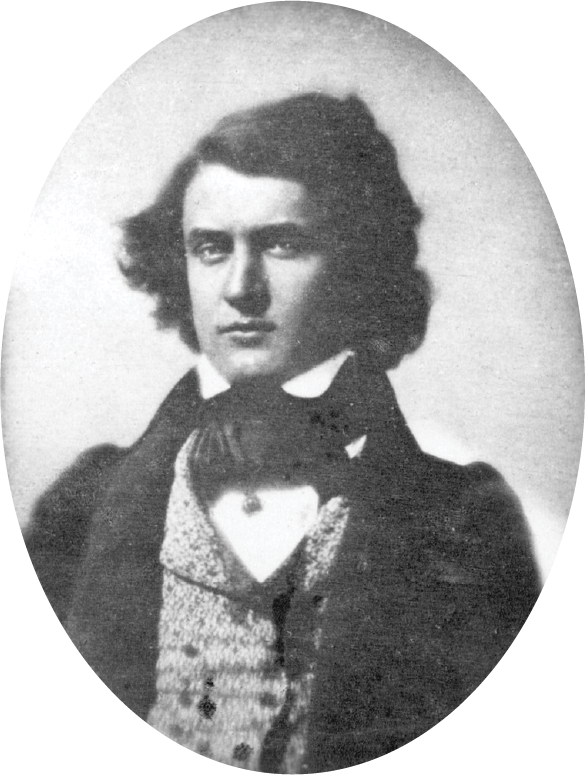
Henry Howard Houston
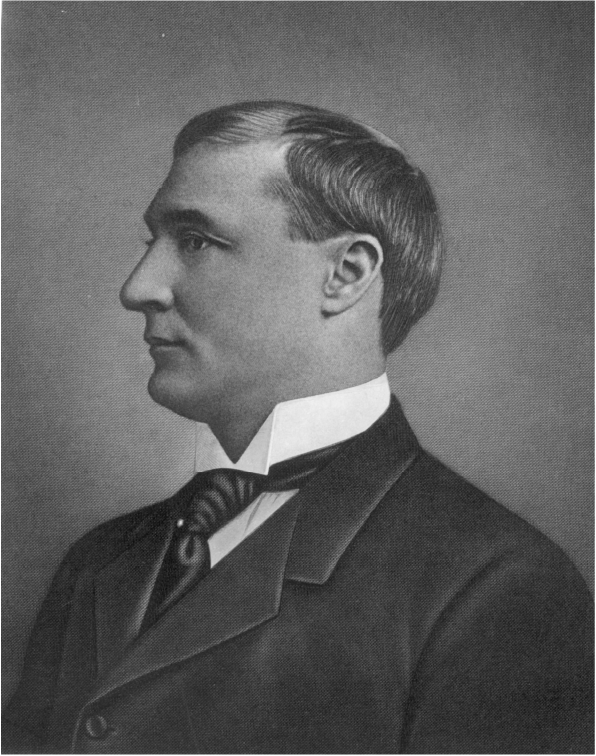
Samuel Frederic Houston
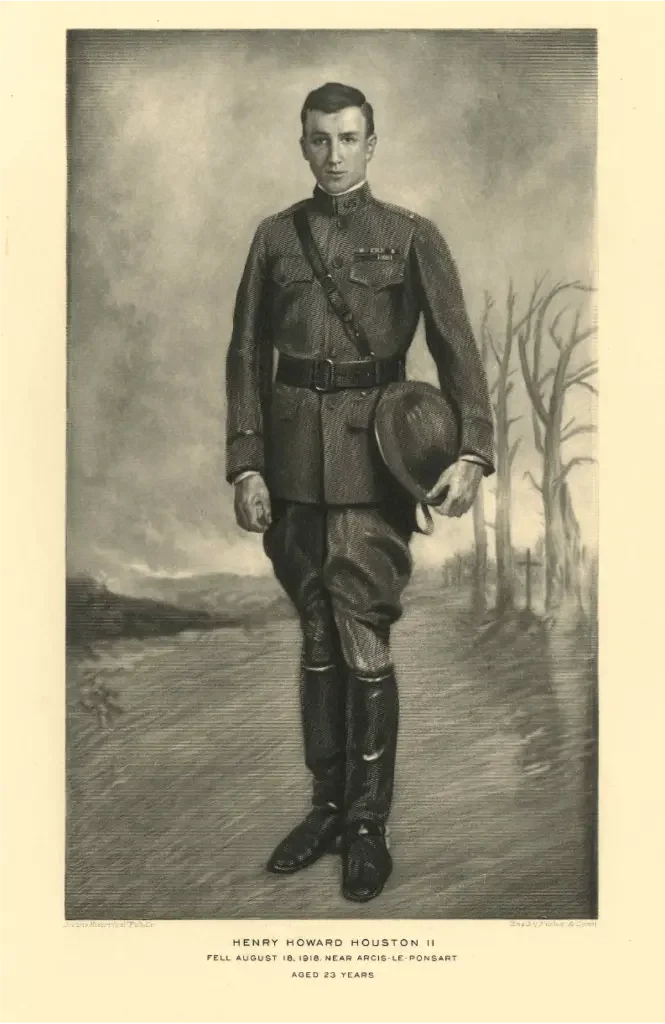
Henry Howard Houston II
Painting of Henry Howard Houston Jr. by artist Cecilia Beaux
Houston Family
Henry Howard Houston (1820–1895) was a leading industrialist, philanthropist, and trustee who made lasting contributions to the University of Pennsylvania and the City of Philadelphia. Houston had two sons who attended the University of Pennsylvania —Samuel Frederic and Henry Howard Jr.
Henry Howard Houston Jr. passed away in Italy shortly after graduating from Penn. In his honor, Houston Sr. donated the funds for Houston Hall in memory of his son.
Samuel Frederic Houston followed in his father’s footsteps and, after graduating from the Wharton School in 1887, became an important figurehead in business, real estate, and served as a University of Pennsylvania trustee. In 1939, Samuel Frederic and the remaining family members contributed generously for the building of additions to double the capacity go Houston Hall as a tribute to his son, Henry Howard Houston II, an alumnus of the university who gave his life fighting in World War I.
The generosity of the Houston family and their descendants continues to serve as a foundation for community on campus to this day.
…we are too near where history is being made to see it in any proper perspective.
—Henry Howard Houston II in a letter to Valentine Mitchell, April 1917
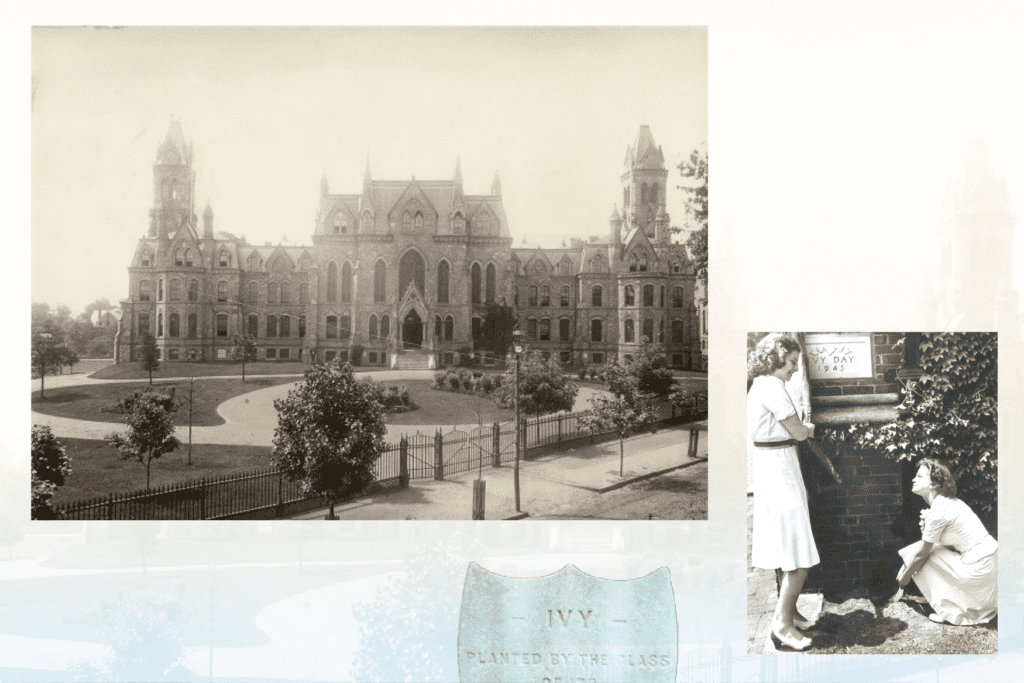
1873
College Hall & Ivy Day
College Hall becomes the first building on the University’s present site.
Ivy Day is established as a Penn tradition and the first Ivy Stone is placed on the northside of campus.
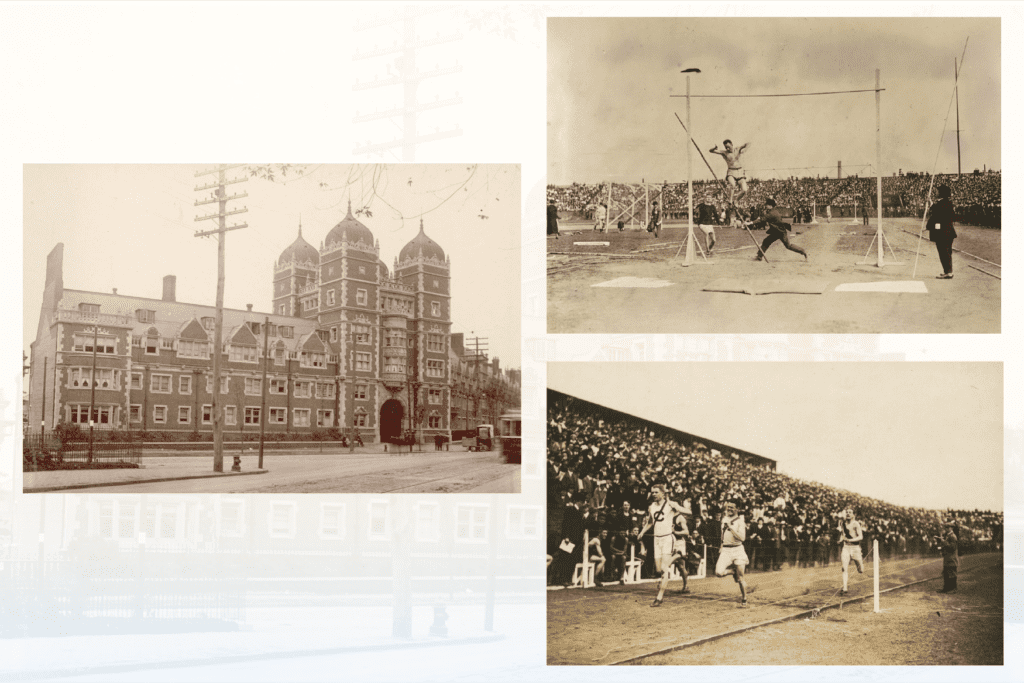
1895
Penn Relays & The Quadrangle
Franklin Field, the first college stadium in the country, hosts the inaugural Penn Relay Carnival, the oldest and largest track and field competition presently known as Penn Relays.
The Quadrangle is constructed as the first set of student dormitories on Penn’s West Philadelphia campus. Over the next century, Penn’s College House system develops into the intentional, intellectual living-learning community that thrives here today.
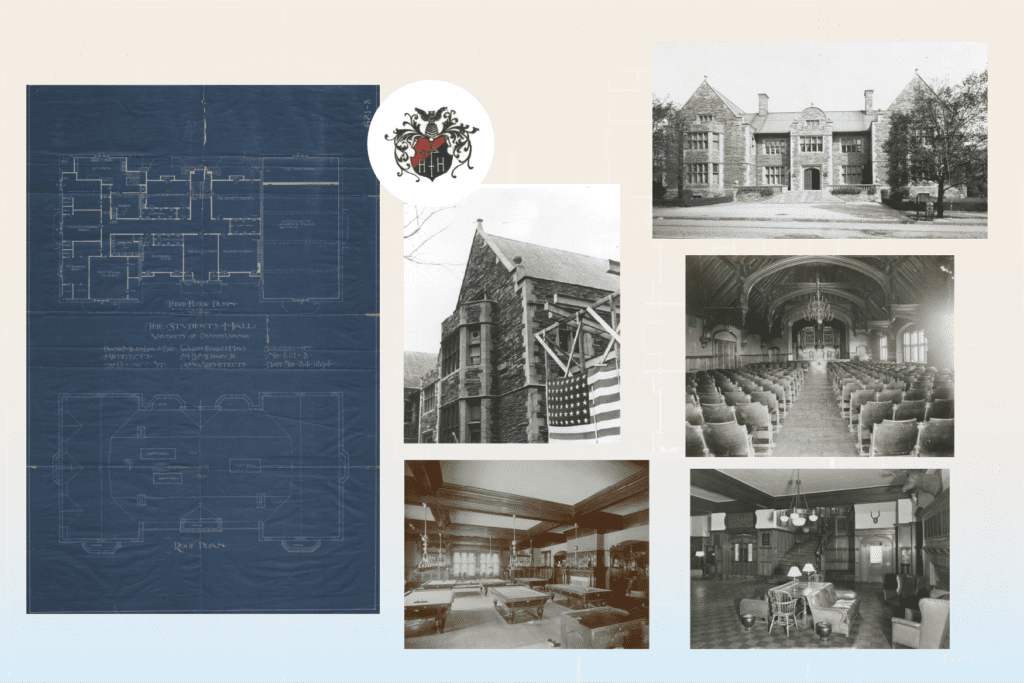
1896
Houston Hall
The completion of Houston Hall solidifies it as America’s first student union building and the campus’ central space for community building and engagement.
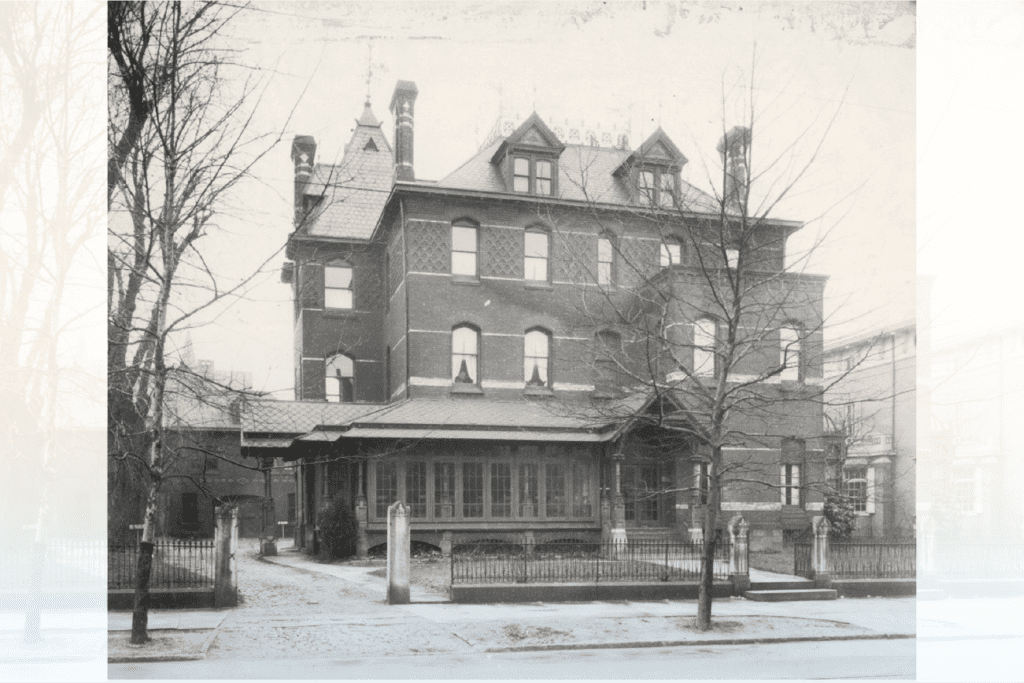
1908
International House
Penn creates an international house to provide a space for the community to discuss issues affecting international students at the University.
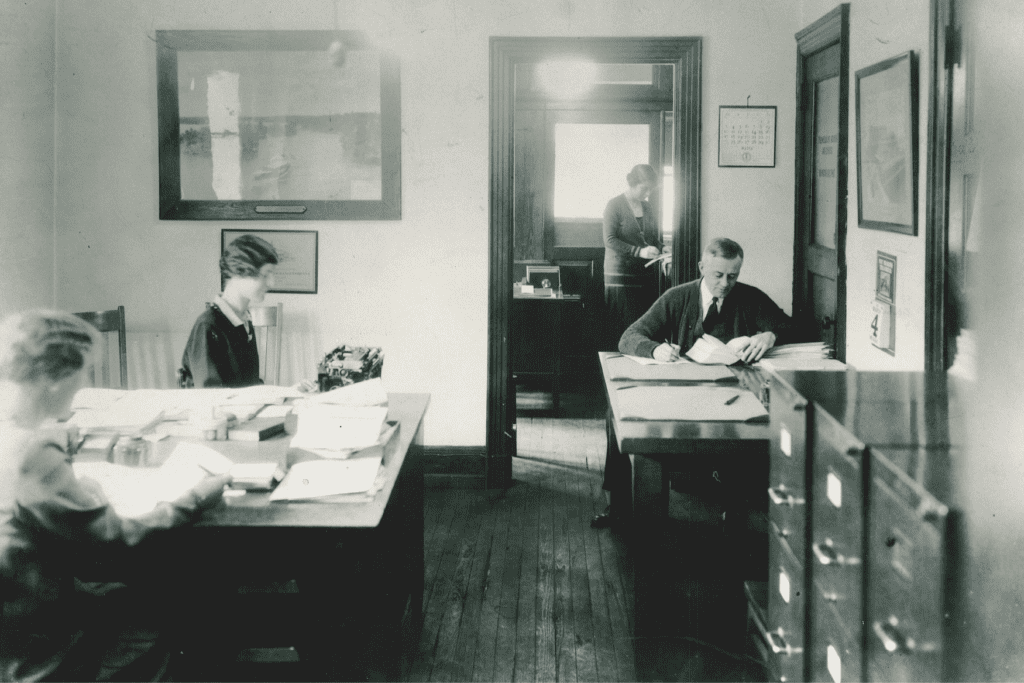
1926
University Placement Services in Houston Hall
University Placement Services, presently known as Career Services, is established. Penn President Penniman proclaimed is as “one of the most noteworthy advances in the history of American education.” Structured to serve both alumni and undergraduates, it was one of the most comprehensive career services programs in the country.
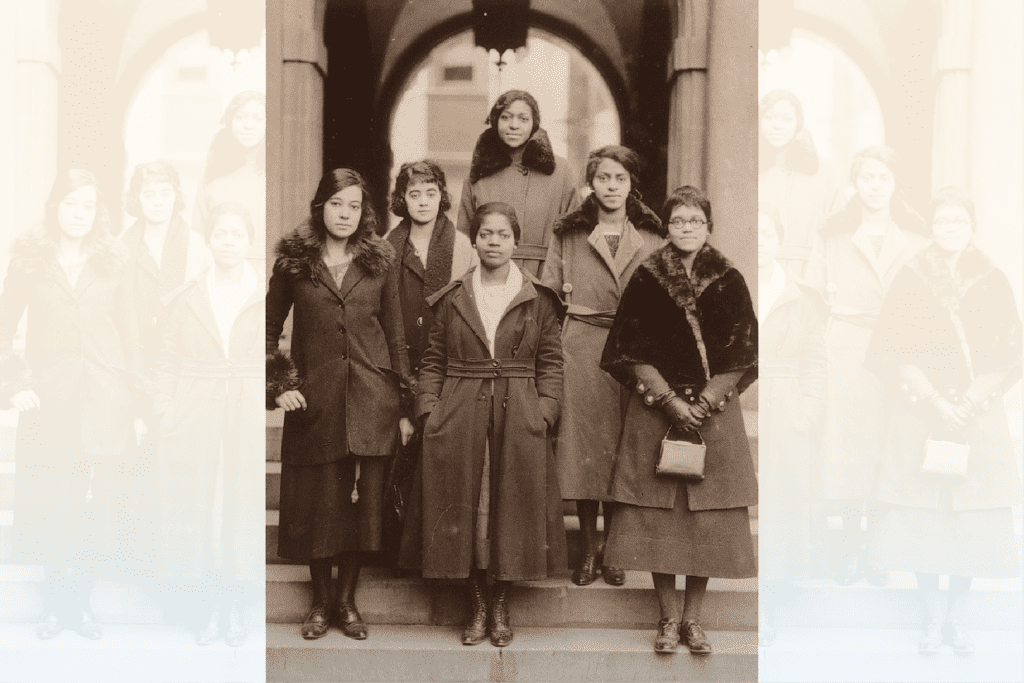
1928
Delta Sigma Theta Sorority, Gamma Chapter
Penn officially recognized 73 Greek chapters residing on-campus, 17 of which were sororities.
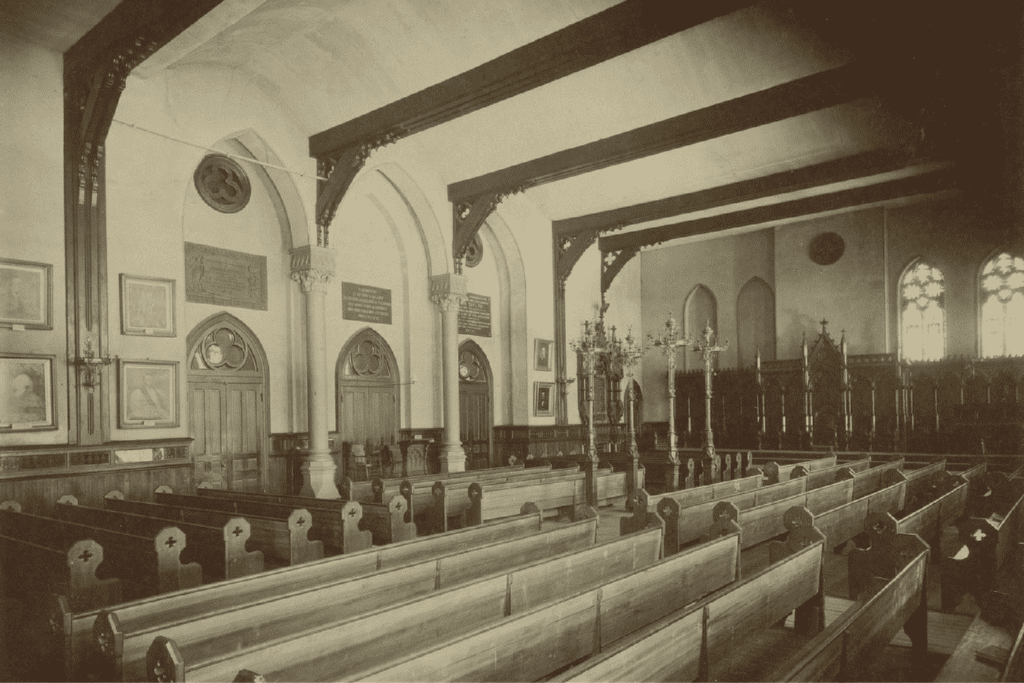
1932
College Hall Room 200, originally designed for religious services
Penn President Thomas S. Gates provides a gift to the Trustees of the University to establish the Office of the Chaplain, eventually becoming Spiritual and Religious Life Center.
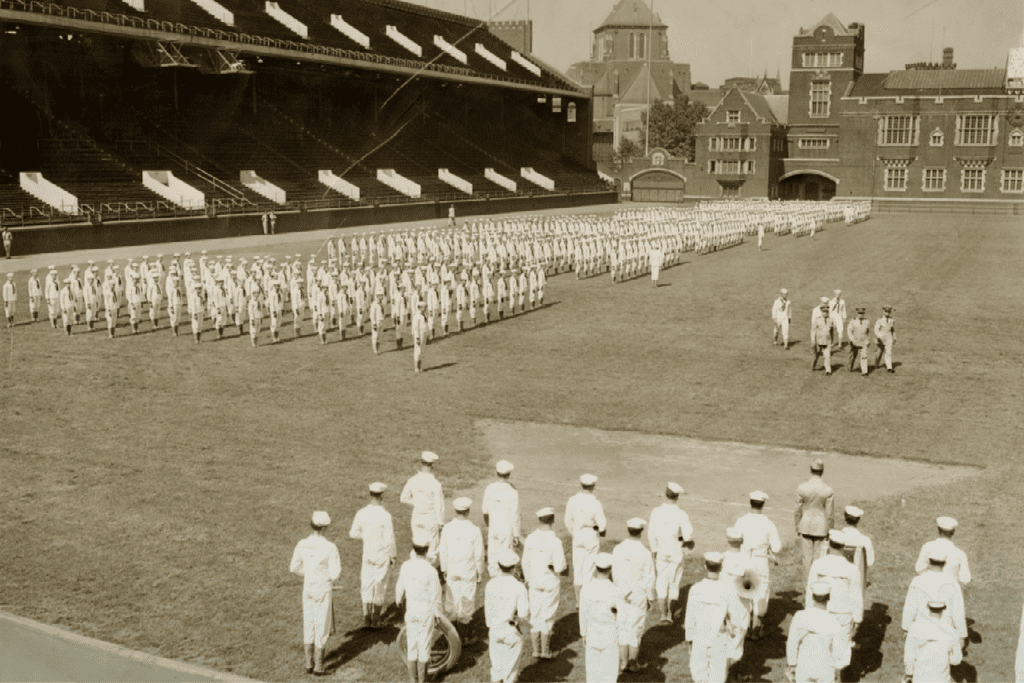
1968
Navy students in Franklin Field
The Naval Reserve Officers Training Corps has occupied its current home, the Hollenback Center since 1968. The unit’s rich history of training aspiring Naval and Marine Corps Officers dates back to the time of World War II when midshipmen were housed and trained in Houston Hall. In its history, over 1,500 midshipmen have commissioned and gone on to lead US Sailors and Marines.
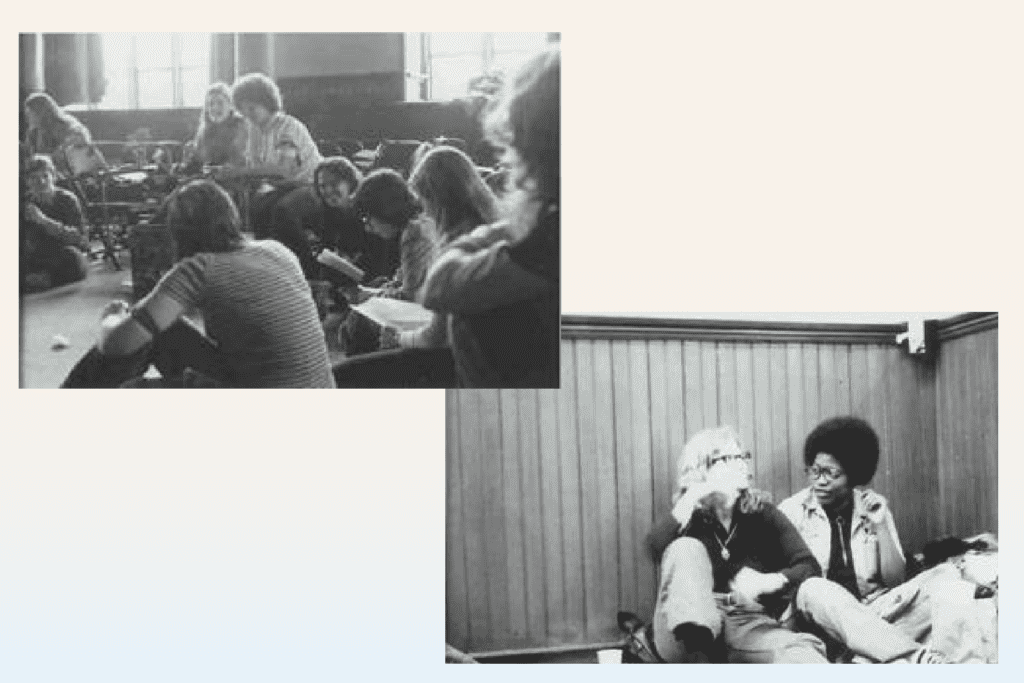
1973
“Stop Rape” sit-in at College Hall
After 200 female protesters occupy College Hall for four days to protest a series of rapes on and around campus, the Penn Women’s Center is founded with a mandate to address security and health concerns for women on campus. Penn Women’s Centre has used its central location on campus to increase visibility of gender equity issues, provide a community space for all, and improve accessibility of programs and resources pertaining to career development, stress management, parenting, sexual violence prevention, and health and wellness.
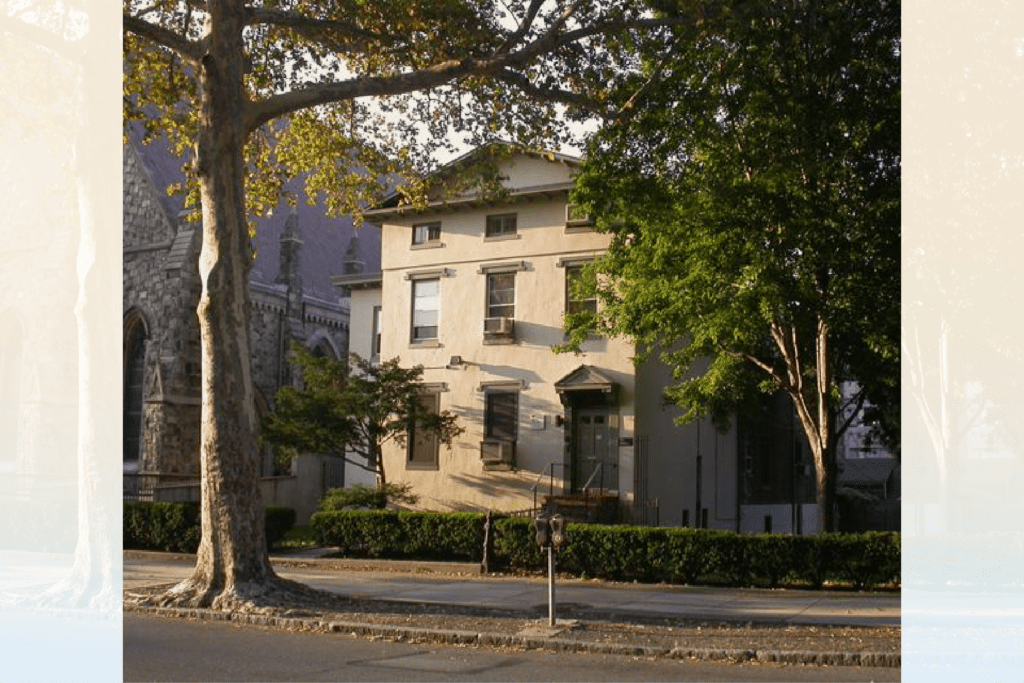
1984
Greenfield Intercultural Center
The Albert M. Greenfield Intercultural Center is established as one of the first cultural centers on Penn’s campus. Designed to support students of color, build community, and promote intercultural understanding, the Center remains focused on learning through cross-cultural exploration, reflection, dialogue, and co-curricular educational and cultural programs.
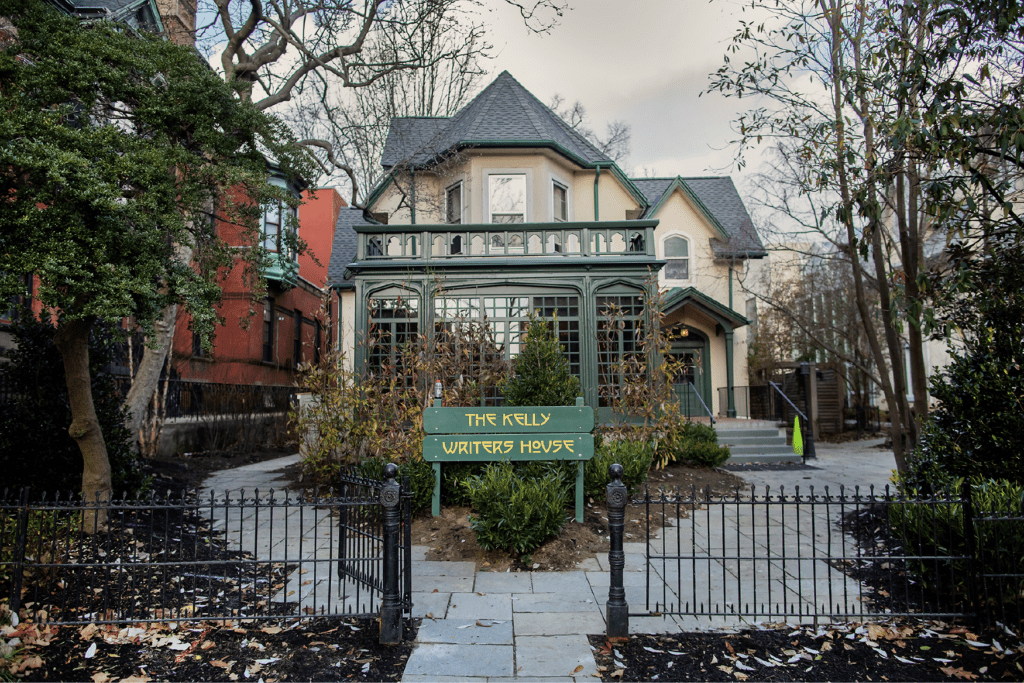
1995
Kelly Writers House
The Kelly Writers House was founded by an intrepid group of students, faculty, staff, and alumni as a center for writers and the writing arts. The initial concept, supported by the President’s and Provost’s offices as part of the “21st Century Project for the Undergraduate Experience,” was to create a space that expanded the intellectual and artistic experiences of students beyond the curriculum and daytime classes, and to create a vital learner-centered community.
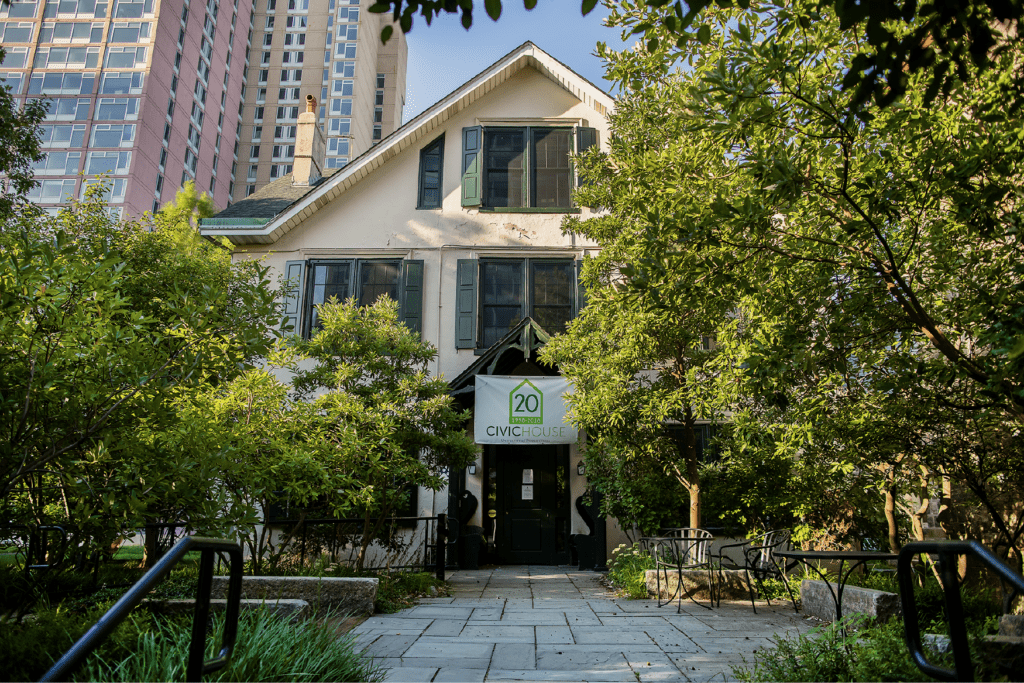
1998
Civic House
Civic House opens its doors, creating a hub for civic engagement and social justice education, enhancing collaborations among students working with the broader community and strengthening connections with community partners.

1999
La Casa Latina Procession of Flags & Holi Celebration
La Casa Latina is founded after student, faculty, and staff advocated for a dedicated space and resource for Latinx students at Penn. La Casa promotes greater awareness of Latinx issues, culture, and identity through advising, social programming, and leadership development.
Upon Recognizing the urgent need for a Pan Asian American resource center on Penn’s campus, a group of student leaders launched a campus-wide campaign in the Fall of 1999 that included the televised SPEAKOUT! Rally to gain support for the initiative. On November 24, 1999, the Office of the President officially committed to the establishment of the Pan Asian American Community House.
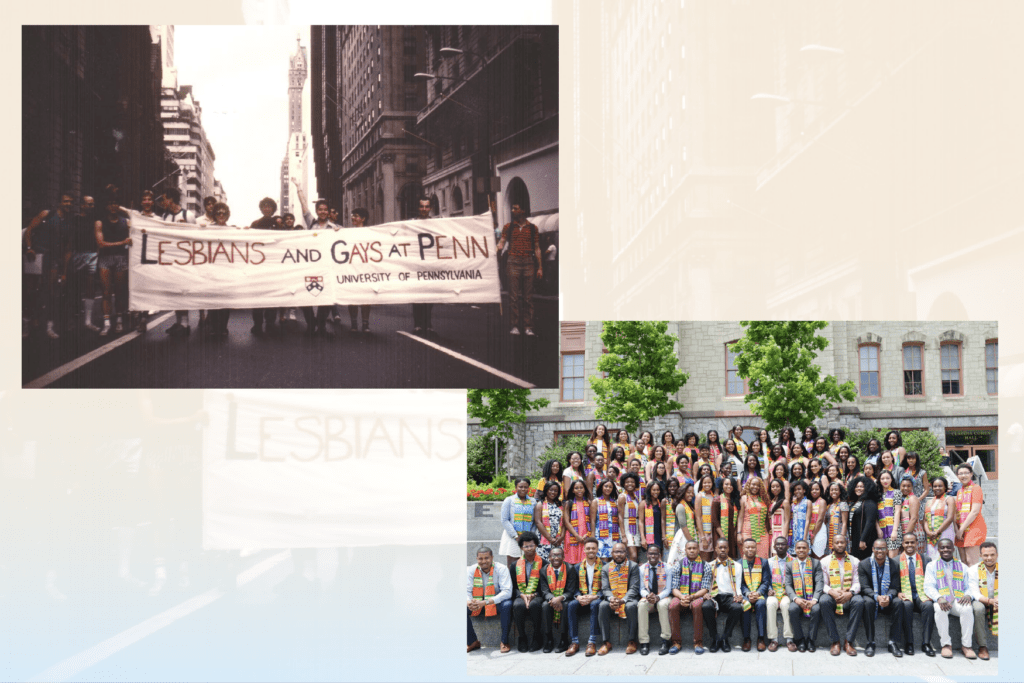
2000
Penn students marching in 1984 & Makuu’s Class of 2016 senior celebration
Expanding upon a generous alumni gift recieved in ’82, which established the LGBT Center in Houston Hall, the center officially moves to the restored historic 1870s Carriage House. The move solidifies the LGBT Center as the physically largest LGBTQ+ Center in the nation.
Makuu: The Black Cultural Center is established in the heart of Penn’s campus to be a place of comfort, support, laughter, inspiration, nurturing, knowledge, freedom, resilience, and be more for the Black community.
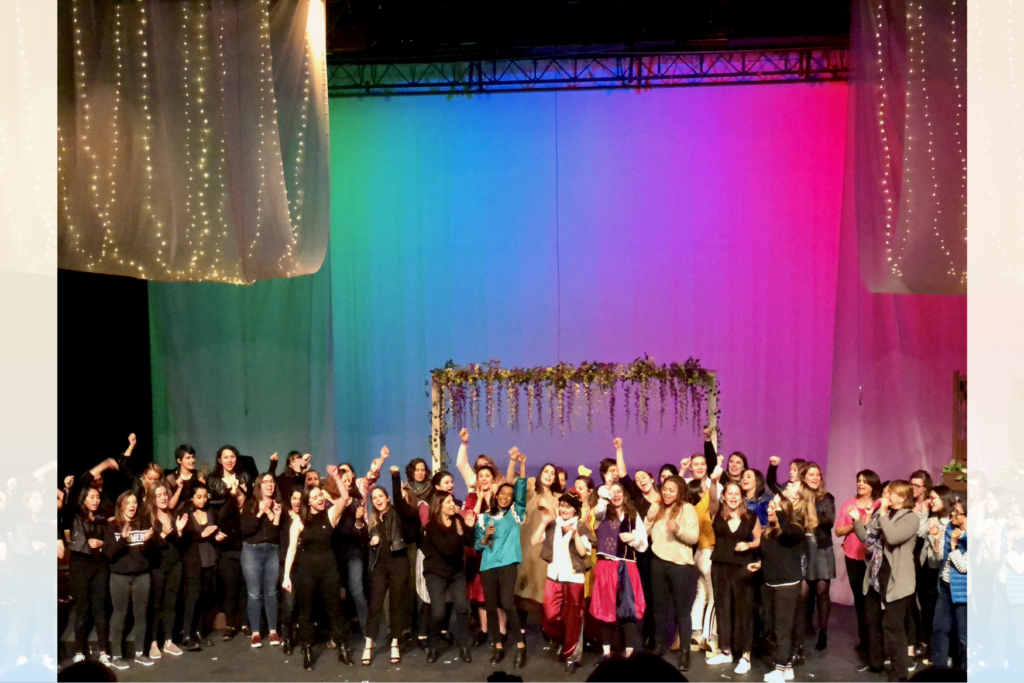
2006
Students perform “Shakespeare in Bloom”
Platt Student Performing Arts House, consisting of rehearsal studios, a lounge, a stage, and advisory staff, is founded to be a home on campus – one in which the student performing arts community can grow and flourish, today and in the future.
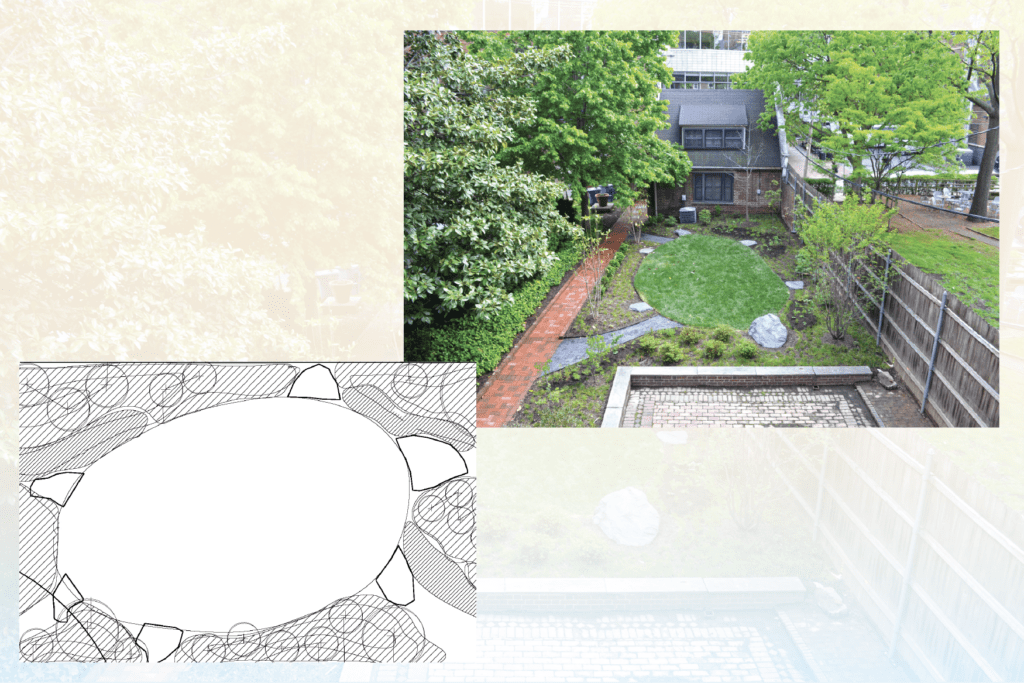
2013
The Lenape Garden at GIC
The Lenape Garden at GIC is created through a grant from Penn Sustainability’s Green Fund.
We recognize and acknowledge that the University of Pennsylvania stands on the Indigenous territory known as “Lenapehoking,” the traditional home-lands of the Lenape, also called Lenni-Lenape or Delaware Indians. The Lenape people continue to reside on this land today
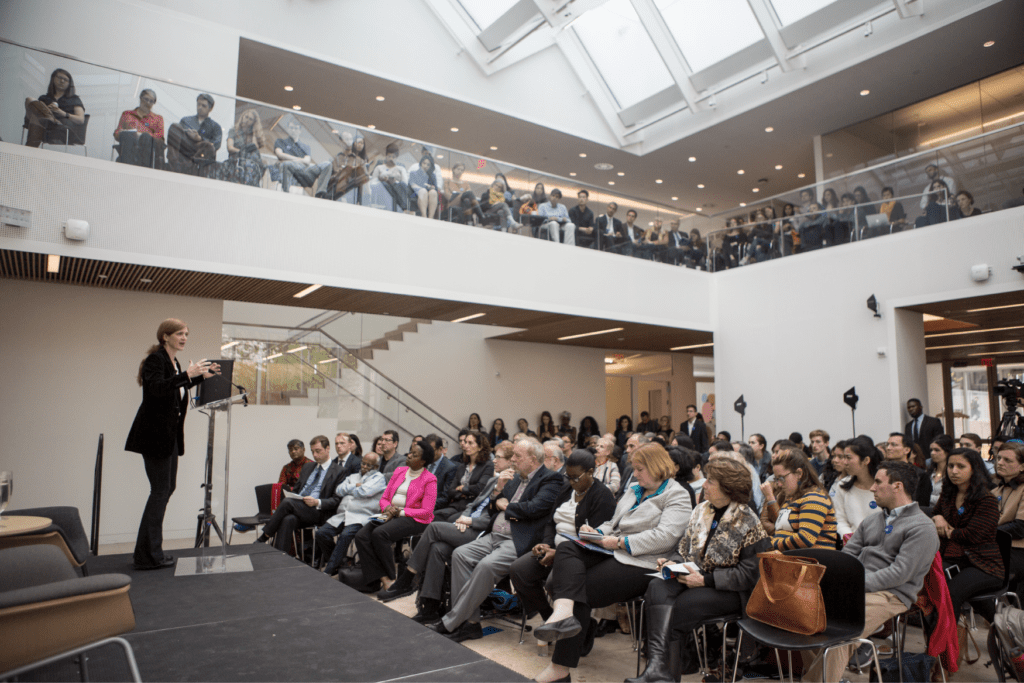
2016
Perry World House inaugural event
Perry World House is established as Penn’s hub for global affairs with a mission to bring the University’s knowledge to bear on the world’s most pressing global policy challenges and to foster international policy engagement within the Penn community and beyond.
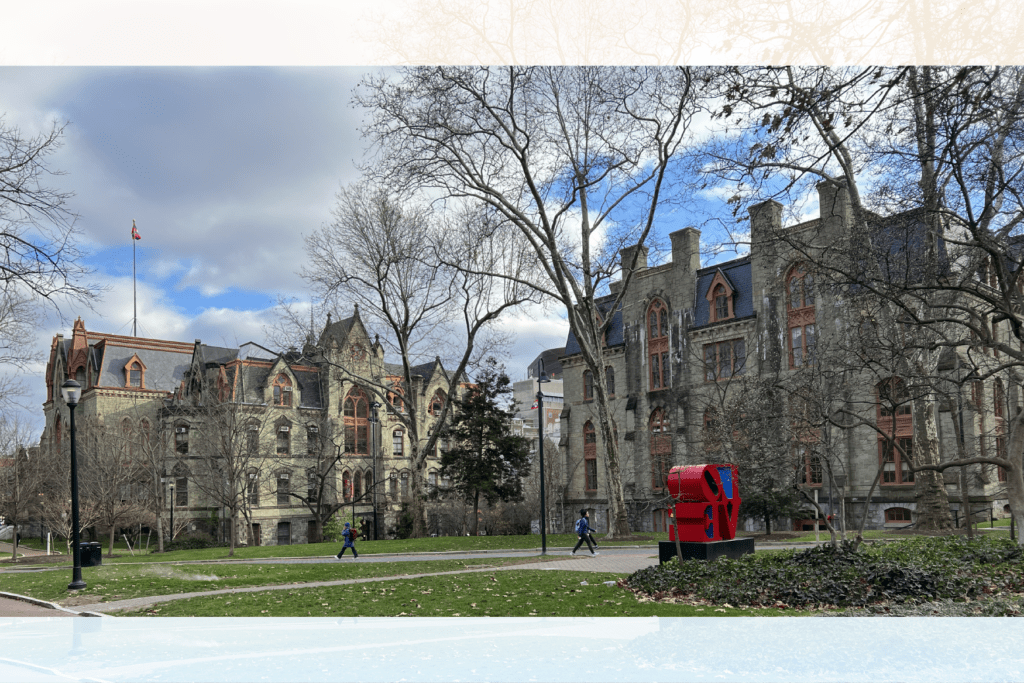
2020
College Hall
The Shleifer Family Penn First Plus Center opens in College Hall, establishing a hub for Penn’s efforts to be more inclusive of its increasing socioeconomic diversity.

2022
Center for Accommodated Testing
The Center for Accommodated Testing opens, relenting Penn’s commitment to students with disabilities by creating a facility that is barrier-free and welcoming.

2023
ARCH Grand Reopening
The revitalized Arts Research and Culture House reopens, affirming Penn’s commitment for the ARCH to be the official home of the Cultural Resource Centers and affiliated groups.
Visit Bodek Lobby
1st Floor of Houston Hall
3417 Spruce St, Philadelphia, PA 19104
